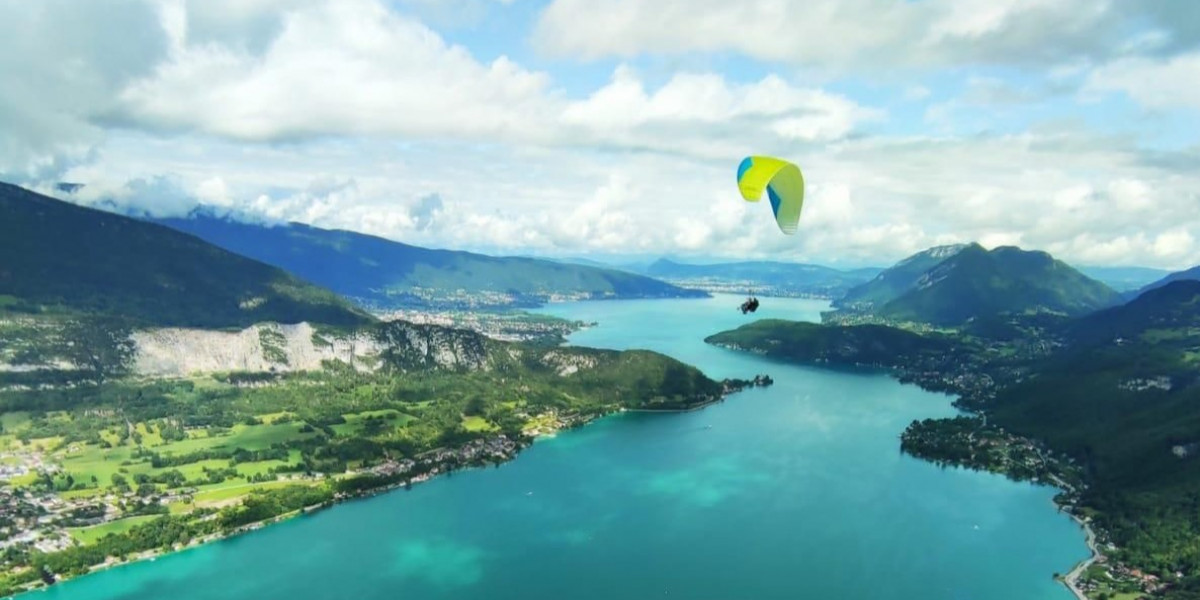During a paragliding flight, the pilot may be forced to land faster. This could be due to sudden weather conditions (e.g. very stormy skies or strong winds). In this case, he must implement the methods of rapid descent by making the ears. Adrenaline Paragliding explains in detail the steps to follow to do the ears in paragliding.
What are ears?
Ears are one of the best methods for a fast descent in paragliding. They are taught in flying schools and allow you to lose altitude quickly to leave a dangerous zone. In thermal flight, for example, these techniques are useful for getting away from the clouds and steering the glider towards the blue sky.
In reality, doing the ears in flight consists of pulling the lines in order to decrease the surface area of the glider. This practice results in a closure at each end of the canopy, which the pilot tries to keep closed. By doing the ears, you accelerate the descent of the glider while maintaining control of the glider.
There are several techniques for doing ears in paragliding. The most popular are the small ears and the large ears. The first method helps to accelerate the descent of the glider while easily controlling the wing at an average speed of 3.2 m/s. While the second technique is identical to the first, it offers the possibility to reach a descent speed of 5 m/s.
In any case, to perform a small or large ear in flight, you must follow certain steps. Moreover, each technique has its advantages and disadvantages.
Small ears, how does it work ?
There are two main phases in the implementation of small ears in paragliding: entry and exit. At each stage, you must perform specific actions on the components of your paraglider.
The entry
To make the small ears in flight, we mainly use the front outer line which is on both sides of the glider. In general, school wings often have a separate set of ears or risers called A risers. These devices allow the pilot not to confuse the lines.
First, keep your controls in a strap, i.e. around your wrists. Then grab the front outer lines as high as possible, and pull on both sides. Finally, pull the lines down vigorously and hold them for the desired time.
Exit
The exit phase consists of releasing your outer front lines completely and squarely. If you have a wing that is not too long, such as a school wing, you will benefit from a quick and spontaneous reopening. The longer or more arched a paraglider is, the more likely the ears are to stick together.
If you release the lines and the ears do not reopen systematically, you can activate the reopening by timing actions. However, there are some risks with small ears. They increase the angle of incidence of the glider pilot. Also, it is possible that you can get the lines wrong and pull on the B's, center A's, or back lines.
There are also several advantages to the small ears. Indeed, this technique allows you to descend a little faster to the ground. You can reach a sink rate of 3.2 m/s with the small ears. It is also a fairly gentle method that can be practiced by beginners or experienced pilots.
Big ears, how does it work?
Just like the small ears, the realization of the big ears in paragliding flight follows an entry phase and an exit phase. There are no major differences in the stages of these two techniques.
The entry phase
The entry phase is based on the same principle as for the small ears. In this case, instead of grabbing a line on each side, he must nevertheless take two lines and pull them as high as possible.
The exit
The exit is also done in the same way as for the small ears. The only difference is that the ears will reopen slowly when the glider is equipped with an extended wing. In this case, you must accelerate the reopening by doing one or more timeouts in succession.
The great advantage of large ears is that they help you get down to the ground more quickly. Indeed, while small ears have a fall rate of 3.2 m/s, large ears easily reach 5 m/s.
On the other hand, this technique has some disadvantages. On a school sail, big ears require more energy than small ears. They also tend to want to reopen after a short time. To discover these different techniques, come to Adrenaline Parapente. Our team can help you discover these flying techniques.

